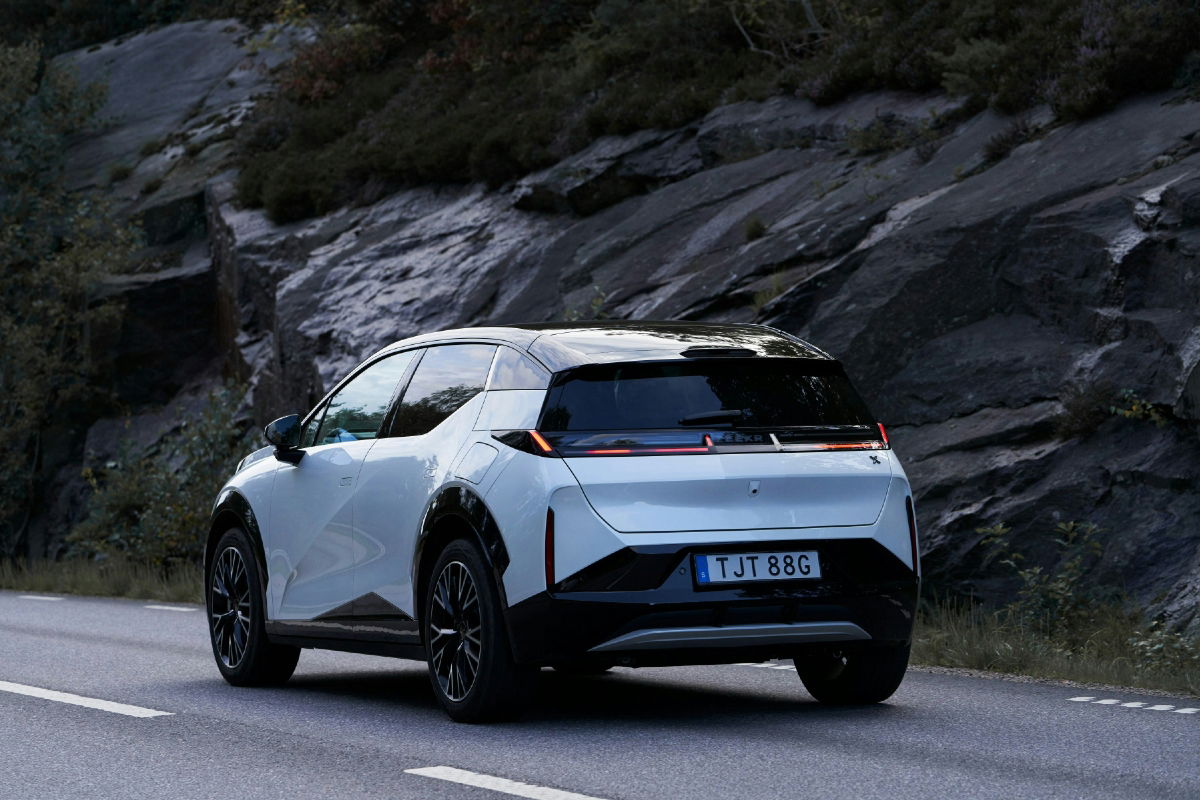When it comes to electric vehicles Tesla still dominates the market – despite its rollercoaster ride in 2025.
But if you’re looking for an electric alternative or even a new twist on luxury, you might want to give the Zeekr X some of your attention. This is, you guessed it, another one of the all-new brands from China that has arrived in Australia to try and get a piece of the action here.
While you may never have heard of Zeekr, it’s actually part of a very well-known conglomerate, so it has some ties to brands you will be very familiar with. Zeekr is the premium brand under the broader Geely umbrella, so it sits alongside Volvo, Lotus, Polestar, Smart, Lynk & Co and, of course, Geely.

Which is why the Zeekr X sits atop the same underpinnings as the Volvo EX30 as well as the Smart #1 and #3. Known as the Sustainable Experience Architecture (SEA), this modular vehicle platform underpins models from across a wide spectrum of Geely-owned brands, so while Zeekr might be new and different, the technology that underpins it is very familiar.
The X was the brand’s first model to arrive in Australia, but it has recently added the 7X mid-size SUV to go along with the 009 people mover. It’s a small, EX30-sized (obviously) hatchback, and is available with either a single-motor, rear-wheel drive layout or a dual-motor all-wheel drive variant; we drove the latter.
While Zeekr is trying to position itself as a more premium alternative to the mainstream, pricing starts from a reasonable $56,900 (plus on-road costs) for the RWD and $64,900 for the AWD. However, that does put the X right at the heart of the growing small EV market, up against a lengthy list of similarly-priced rivals. These include the Tesla Model 3 (from $54,900), EX30 (from $59,990), Smart #1 (from $54,990), Renault Megane E-Tech (from $54,990), Mini Countryman electric (from $64,990), Cupra Tavascan (from $60,990) and even the Polestar 2 (from $62,400).
So, why would you buy the X? What makes Zeekr stand out in this increasingly crowded marketplace?
The most obvious element is the design. Whether you love it, hate it or are just ambivalent to it, at least Zeekr has put some thought and consideration into making the X look unique and have some character. Which is not something that can be said for all electric cars, some of which are looking increasingly simplistic and bland (Tesla, I’m looking in your direction).
Where Zeekr’s designers have really excelled is the interior, which like so many modern cars – electric or otherwise – is a study in minimalism, but one done well. It isn’t filled with elements, but nor is it stripped of everything except the essentials, to leave it looking cheap (again, Tesla, I’m looking in your direction).
Our test car was equipped with the optional Midnight Blue and Polar White interior trim, instead of the standard black/charcoal, and that really stood out. As do the little touches, like the back-lit cityscape in the doors, which add a level of detail that shows this wasn’t a penny-pinching exercise.
Controls take some time to get used to, which I’m sure won’t be a problem in the long-run, but for the first few weeks you’ll probably find yourself confused and frustrated at times.
Once you do figure out the controls, you can enjoy the driving experience, which is impressive in many respects in the AWD model.

That’s because the dual-motors pack a 315kW/543Nm punch, which means a 0-100km/h time of 3.8 seconds and overall rapid performance. Sure, it’s not the quickest EV, but for a small SUV it has above-average speed.
The 66kWh battery provides a claimed range of 470km, which is a solid return and plenty for urbanites.
However, the X was surprisingly average in the way the chassis and suspension performed. To be blunt, it felt like the kind of too firm but not solid chassis you get from start-up brands who have never mass produced a car before (Tesla Model S, Rivian R1S, etc), but Zeekr had all the knowledge from Volvo, Lotus and others to draw on, so it’s a mystery why it isn’t better.
Then there’s the safety systems, which like so many modern cars are seemingly programmed to the ‘beep-as-often-as-you-can’ setting. These overly-sensitive systems, especially the driver attention monitor, are ironically very distracting at times and lead to the driver not paying their attention solely to the road.
In Zeekr’s defense, there are plenty of far older, more experienced brands that have similar problems – but it’s still frustrating.
It doesn’t completely tarnish the driving experience and there are certainly a lot of elements to the Zeekr X that makes it an appealing proposition. But in a crowded market, even the relatively small EV market, it fails to really stand out from the pack.














Discussion about this post